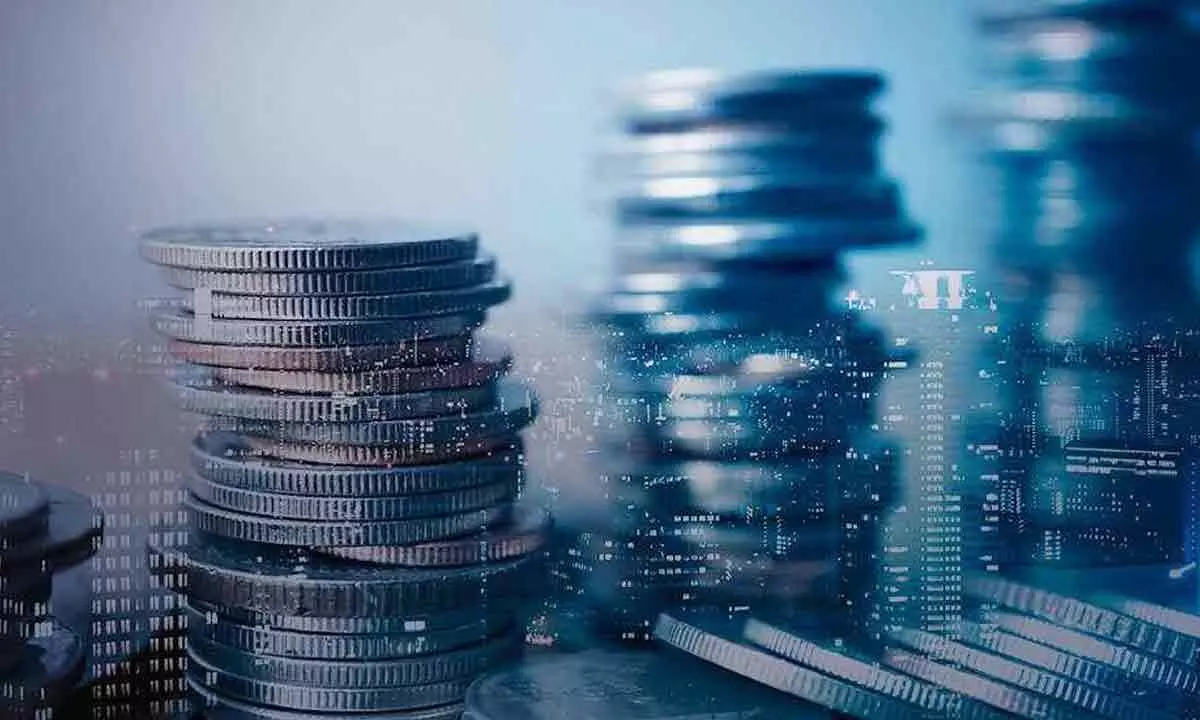India's economic recovery on a rollercoaster; rising interest rates, falling rupee
India’s economic activity showed early signs of cooling off in June as acute price pressures, rising interest rates, and a falling rupee dampened sentiment after a strong showing the previous month.
image for illustrative purpose

India's economic activity showed early signs of cooling off in June as acute price pressures, rising interest rates, and a falling rupee dampened sentiment after a strong showing the previous month.
Softer increases in factory orders dragged the manufacturing sector, pushing the needle on a dial measuring so-called 'Animal Spirits' back to 5, from 6 earlier. The gauge, based on eight high-frequency indicators compiled by Bloomberg News, uses a three-month weighted average to smooth out volatility. A move to left signifies a loss of momentum.
Pent-up consumption had powered revival in Asia's third-largest economy, but rising prices, due in part to the war in Ukraine and supply disruptions, thwarted the nascent recovery. The Reserve Bank of India raised rates by 90 basis points in two moves to temper price gains and is scheduled to hold its next review from August 2-4.
India's rupee fell past 80 to a dollar as foreign investors pulled out money amid monetary policy tightening by the Federal Reserve. A declining currency may also prevent a faster pass-through of commodity slump, thereby delaying revival.
Demand in India's dominant services sector strengthened after a wider reopening from the pandemic, but elevated input costs risk roiling sentiment and hurting demand. "Middle-to-high income households are likely to prioritize spending on contact intensive services that were avoided during the pandemic, at the cost of consumer durables," according to ICRA Ltd. Chief Economist Aditi Nayar.
Exports
India's trade deficit widened to a record $26.2 billion in June as imports rose faster than exports, raising concerns about a further slide in the rupee and a bigger current account deficit. Petroleum products, coal, and gold primarily contributed to the rise in inbound shipments, while exports took a hit amid fears of a global recession.
Besides the US and Europe, the risk of recession is rising in Asian economies too, as higher prices spur central banks to accelerate the pace of interest rate hikes, according to sources.
Consumer Activity
After several months of decline, India's automobile sector recovered amid an easing semiconductor crisis. Key segments, including passenger vehicles, two-wheelers, and utility vehicles, rose, driven by demand for personal mobility.
Other indicators of consumer demand also showed a pick up, with bank credit growing 13.16 per cent at the end of June, from 12.12 per cent in May. However, surplus liquidity in the banking system is dropping as the central bank mops up excess supply extended during the pandemic.
Industrial Activity
The industrial activity also showed momentum. Factory output rose to a one-year high of 19.6 per cent in May from a year ago, helped by manufacturing and electricity production. The output of eight key infrastructure industries climbed 18.1 per cent in May, the highest jump in more than a year. Both the data are published with a one-month lag.

